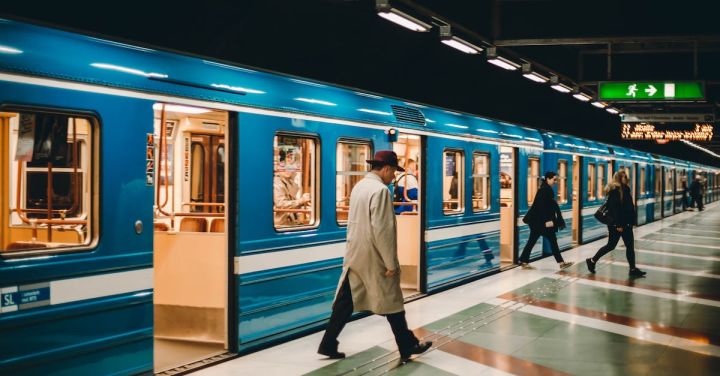Railway tunnels are engineering marvels that have revolutionized transportation and connectivity. These underground passages allow trains to pass through mountains, enabling faster and more efficient travel. Burrowing through mountains is no easy feat, requiring meticulous planning, advanced technology, and incredible engineering skills. In this article, we will delve into the fascinating world of railway tunnels and explore the challenges and achievements associated with their construction.
One of the primary reasons for building railway tunnels is to overcome natural barriers such as mountains. Mountains pose a significant obstacle for train tracks, as building tracks over them would be impractical and time-consuming. Tunnels, on the other hand, provide a direct and efficient solution. By digging through the mountain, trains can maintain a steady and safe path, minimizing the need for steep inclines or sharp turns.
Constructing a railway tunnel involves several complex processes. The first step is surveying and studying the terrain to determine the best possible route. Engineers analyze the rock composition, geological stability, and water flow patterns to assess the feasibility of tunnel construction. Using advanced technology like ground-penetrating radar and 3D modeling, they can accurately map the mountain’s interior and plan the tunnel accordingly.
Excavation is a crucial phase in tunnel construction. Various methods are employed, depending on the geological conditions. Drill and blast techniques involve drilling holes into the rock and using explosives to break it apart. Tunnel boring machines, or TBMs, are another popular method. These massive machines dig through the mountain, simultaneously installing the tunnel lining as they progress. TBMs are incredibly efficient, reducing construction time and minimizing disruption to the surrounding environment.
Safety is of utmost importance in tunnel construction. Working underground presents numerous hazards, from rockfalls to poor air quality. Engineers and workers implement stringent safety measures to protect themselves. Ventilation systems are installed to ensure a constant supply of fresh air, while rock bolts and mesh support the tunnel walls, preventing collapses. Additionally, monitoring systems are in place to detect any potential issues and mitigate risks promptly.
Railway tunnels have witnessed remarkable advancements over the years. The Gotthard Base Tunnel in Switzerland is a prime example. Stretching over 35 miles, it is the longest railway tunnel in the world. Its construction involved drilling through solid rock at depths of up to 7,500 feet. The tunnel took nearly 17 years to complete, showcasing the complexity and scale of such projects. It now serves as a crucial link in Europe’s rail network, significantly reducing travel time between northern and southern Europe.
Apart from their functional purposes, railway tunnels also offer breathtaking views. Some tunnels feature large windows or open sections, allowing passengers to enjoy stunning vistas as they travel through mountains. The Seikan Tunnel in Japan, for instance, connects the islands of Honshu and Hokkaido and offers glimpses of the ocean and surrounding landscape.
In conclusion, railway tunnels are remarkable engineering achievements that enable trains to traverse mountains efficiently. Their construction involves careful planning, advanced technology, and a focus on safety. From surveying and excavation to the use of tunnel boring machines, engineers employ various techniques to create these underground passages. Railway tunnels not only facilitate faster travel but also provide passengers with awe-inspiring views. As technology continues to advance, we can expect even more impressive feats in the world of railway tunnel construction.
